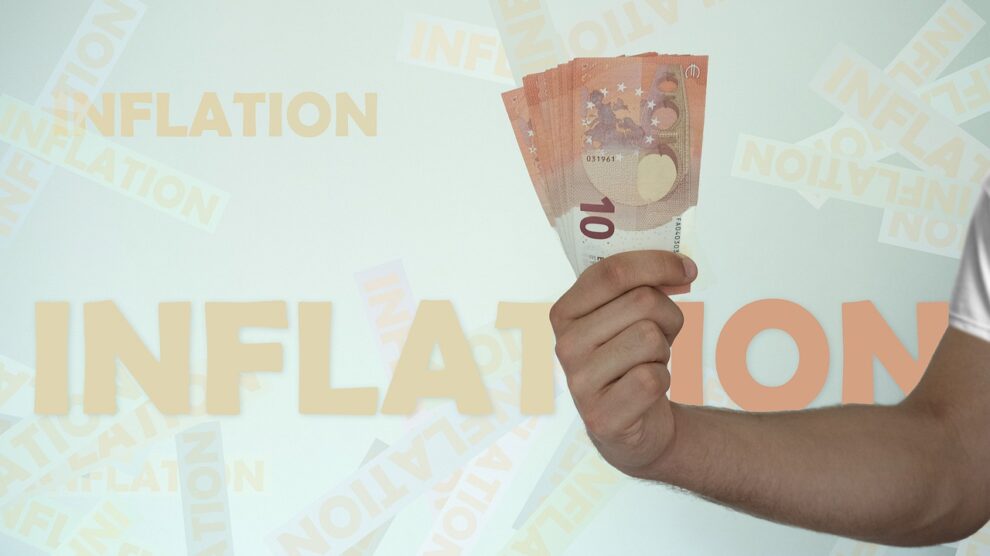Does it seem like most of your customer interactions these days are to deliver news of a price increase? Has your company gone from holding pricing on quotes for 90 days to 30? Is pricing firm at time of order, or have you had to go back and reprice your order backlog?
From our observations, these are conversations at which most salespeople fail. They mumble the new price, try to point blame in directions that damage the trust in them and their company, or worse, send a short email with the new pricing — a kind of “if I don’t have to say it, maybe it isn’t real” logic.
Let’s face it, most salespeople hate talking about price.
With the annual inflation rate at a 40-year high, and prices surging on products in virtually all industries, the ability to talk about price increases with customers is a skill all salespeople need to master.
To help with this, here are five tips as outlined in our new book Agile & Resilient: Sales Leadership for the new Normal.
1. Be Transparent
The fact that buyers are dealing with price increases across the board should be seen as a radiant silver lining for salespeople. Most buyers today have come to expect that prices will change. The best thing salespeople can do is present pricing changes honestly and clearly, making sure they can clearly articulate the underlying reasons behind the change.
2. Express Empathy
Consider how the price increase will impact your customer before you pick up the phone to break the bad news. Also never share price changes via email, as that steals your ability to answer questions and bring the conversation back to value (which we’ll discuss in a moment). If you have trouble with this, ask your sales manager or a colleague what other customers said when the increase was communicated to them so you can demonstrate to customers you understand how they feel, by acknowledging their frustrations.
3. Plan the Conversation
Difficult conversations are made easier with a little advanced planning and preparation. It’s time to dust off your trusty old pre-call planning worksheet so nothing is forgotten. If you jot down some call notes, you’ll find that single sheet of paper’s usefulness will age like a fine wine. Also, have the conversation promptly. Otherwise you’ll learn the hard way that when delivering bad news is put off for too long, it ages more like fish — growing fouler by the day.
4. Focus on Value
Transparency, empathy, and planning are all means to the end of delivering value to the customer. You must reiterate how your product or solution continues to add value to your client’s business, despite being more expensive. Perhaps you need to renegotiate the payment terms, or like a salesperson who we worked with, find an alternative product that better fits the customer’s needs if the new price really is a challenge. While price is always important, it’s been our experience lately that customers are more concerned about on-time delivery and product availability than the price. Also, let your customers know that the company delayed raising their prices as long as it could. Showing customers how things could have been worse — but weren’t — may help soften any disappointment they feel.
5. Conclude on an Actionable Note
It’s best to end customer interactions on a positive note. To do this, couple any bad news that must be delivered with a plan or a roadmap for how the change impacts your customer’s plan, outlining what you can do about it — together. This type of response from you proves that you have the customer’s best interest in mind, and are doing some critical thinking about their business. As an example, let’s say that you know the price increase will consume a large portion of the customer’s budget, which they would naturally rather avoid. You can do some digging to see if the customer would prefer a less expensive solution that still meets their needs. If so, you’ve got a positive next step, and have turned a difficult conversation into an opportunity to demonstrate value.
The takeaway here is that avoiding or mishandling a conversation about price will backfire, and position the salesperson as untrustworthy, weak, or desperate.
Knowing how to create a plan that addresses price increases in a transparent, empathetic, value-focused manner, where the conversation with the customer ends on a high note will not only put an end to worrying about price increases, but will ultimately make you a better salesperson.





